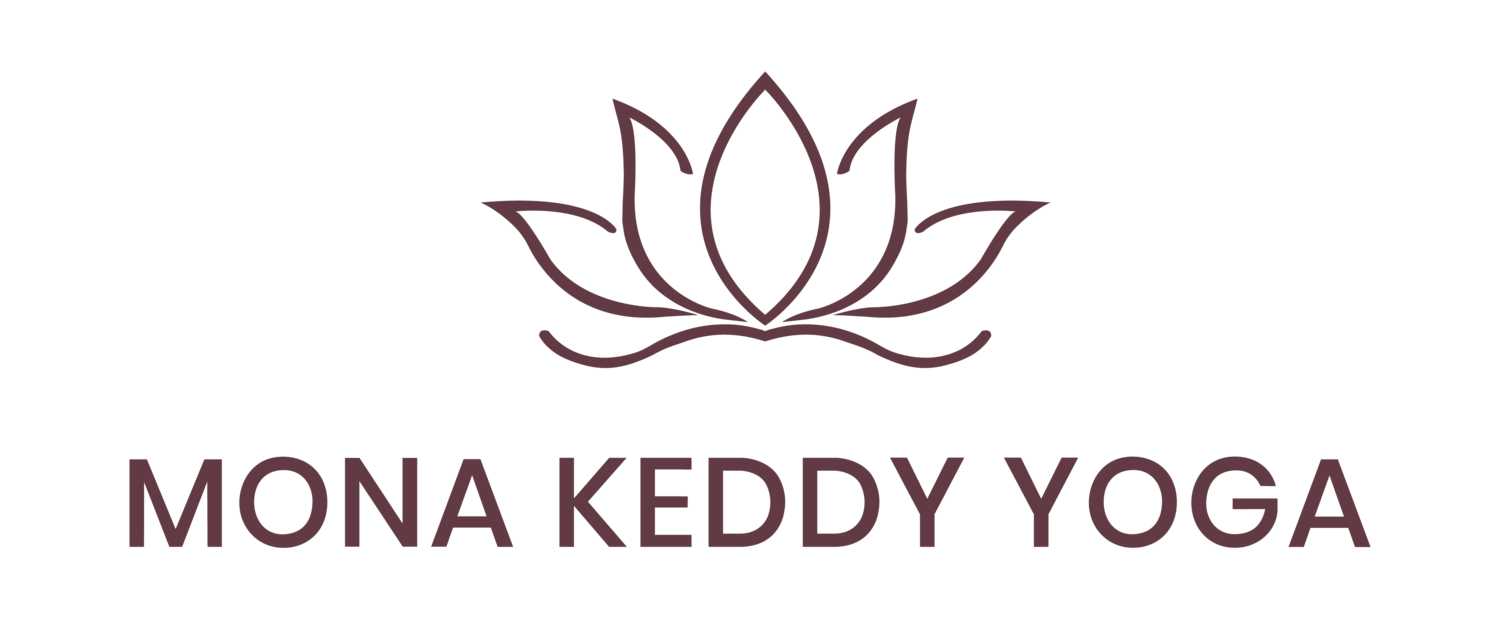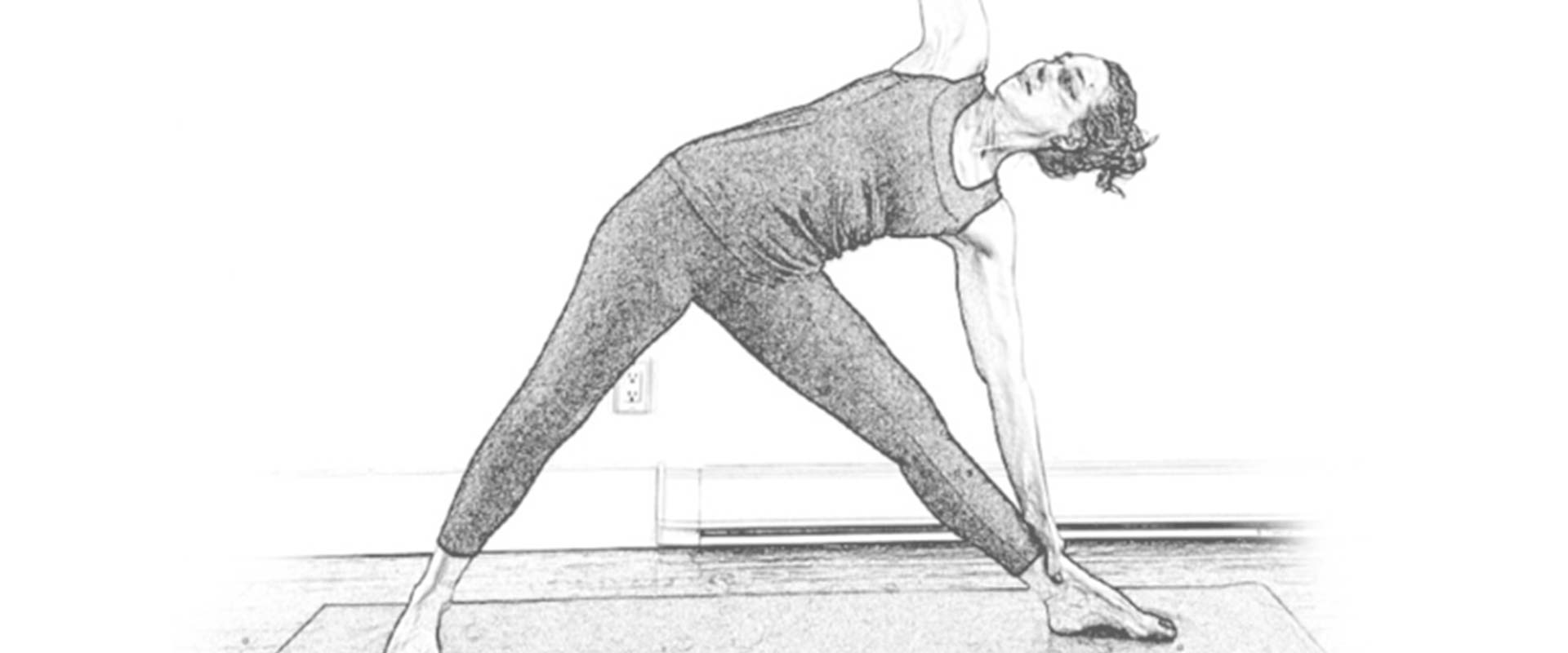IN FRONT OF THE CLASS
October 27, 2016
The practice of yoga is a commitment on the part of the yogi to challenge established patterns of behaviour while delving into a process of self-inquiry. Learning to teach yoga asks for the same dedicated process. As we begin to teach yoga in teacher training programs, our engrained tendencies are being displayed, we are exposed and raw — just as we are when we move deeply into our asana practice. The asana practice is designed to remove the layers of covering, of protection and the practice of teaching does the same thing. While the eye of the teacher-trainer is monitoring the student’s progress, it is never as harsh, in my experience, as the eye we turn on ourselves. We too easily become fixated on our shortcomings, our inadequacies and our mistakes. It is of crucial importance for the holder of knowledge and authority in that scenario to express these aspects of teaching with gentleness and compassion in the face of students who are willing the make themselves bare in the teaching arena and in front of their peer group.
Good teaching, like good asana, is much less about the outcome and more about the process. As the second weekend of teacher training has wrapped up, I am so impressed by the dedication and commitment this group of trainees showed to the process of learning to teach yoga. They dove into teaching each other with a courage that overcame the fear of what it meant to be standing at the front of the room.
As a process, over the last two weekends, student teachers were asked to immediately teach each other simple movements, followed by poses, building up to 2-3 poses and then to teach these same 2-3 poses in front of the whole group. There was no notice, little preparation outside of their own asana practice and no teaching theory. To dive right into the teaching is not to intimidate but rather to create a growing feeling of familiarity, connection and ease as the holder of knowledge. The focus of teaching the broad strokes of presence and basic instructions needed to form the shapes of the various poses allow for a layered acclimatization. As yoga teachers, we do not correct the raw beginner in the first Trikonasana. Instead, we give them enough guidelines to not create harm and we allow the pose and the repetition of the pose to work on them. Corrections and feedback are secondary to fostering a safe, comfortable and encouraging environment in which the inexperienced student is able to feel his/her way into the beginnings of a form. Refinement, in all aspects, come later.
The experience of teaching this early builds confidence in the sense that it shakes the student’s belief that they do not know enough to stand in front of the room. Suddenly the mind’s whispers of “i don’t have enough information, i don’t know what i am doing” are relegated to the background and a spontaneous prompting is transformed into personalized instructions that arise from the student teacher own intuitive intelligence. What was inaccessible a minute ago is accessed, what was generic becomes personalized. By capitalizing on this intangible, the student teacher discovers something about his/her self—a knowledge that cannot be lost and that can be built on. This is a dynamic process where the process of teaching changes the student and the student changes the process of teaching.
My initial role as teacher-trainer is to give each student enough time and space to develop his / her personal relationship to yoga, to build an integrated practice of yoga, to provide form and structure for the art of teaching and to direct and refine the forays into practice and teaching. Between the first and second weekends, teacher trainees were asked to pick a pose and do it every day. On one level this is to have the trainee memorize the pose but more importantly it is to create a relationship between him/her and the pose. It is this relationship between practice and self, that drives the teaching of yoga. We do not become great asana teachers without personal inquiry into the practice of yoga. When we do a pose every day regardless of mood, outside of regular classes and formalized practice, the pose begins to work on us in various ways. We start a dialogue between our body, our mind and the pose. It is this dialogue that then speaks through us when we teach. It is how we then “know” how to build a sequence, what to say when instructing a particular pose and when asked a question by a student. The practice reveals all the necessary knowledge if we are receptive, interested and engaged in the dialogue.
We know the source of yoga is greater than any one pose, than any one teacher. As teacher trainers, then, we help the student touch this source and make it his/her own — in his/her practice and in his/her teaching. It is the connection to this source that is the ultimate desire fuelling our practice of yoga and our practice of learning to teach yoga.

